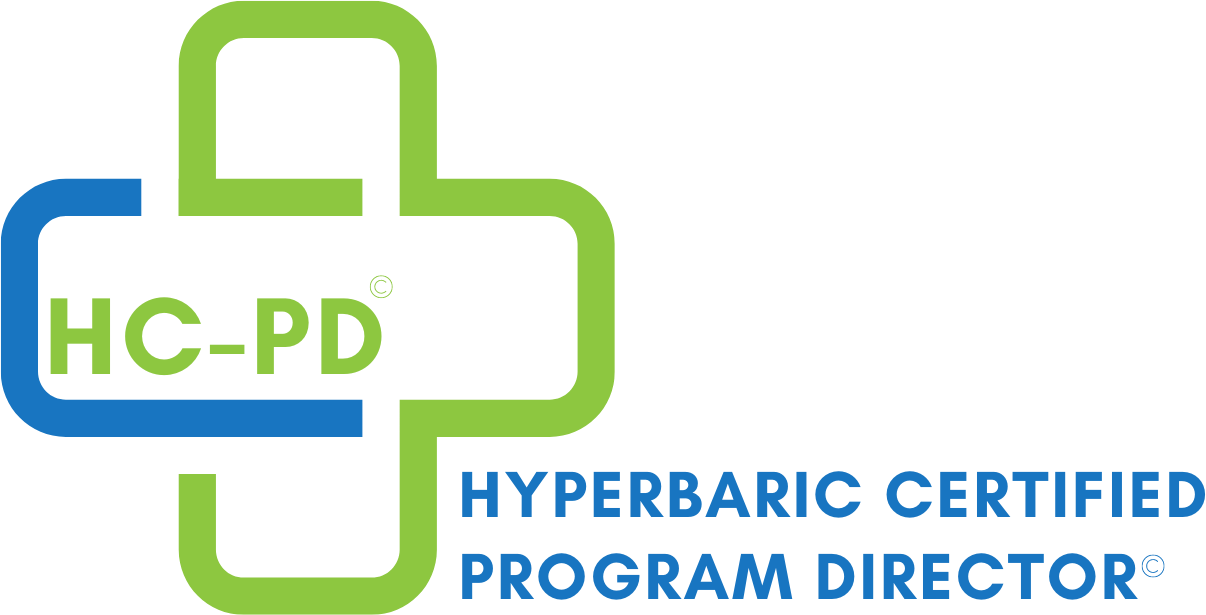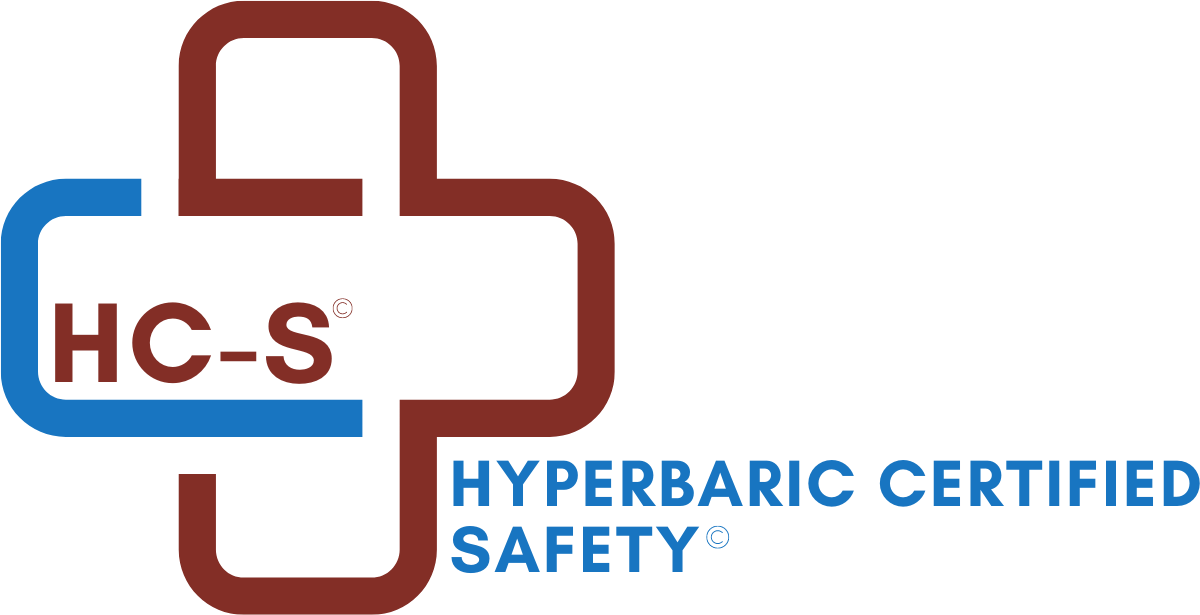Rx Pad
INTERVENTIONS TO INCREASE BLOOD FLOW AND OXYGEN DELIVERY TO WOUNDS
Adequate wound perfusion and its delivery of oxygen to the healing tissues is fundamental to wound healing as just explained. Revascularization invariably is the first intervention considered to achieve this goal. Hyperbaric oxygen all too often is not considered in the management. In addition, other interventions can improve perfusion-oxygenation. These include edema reduction, improvement in cardiac function through medical management, and enhanced blood rheology using pharmacological methods. In contrast to the other four treatment strategies where typically a single technique is utilized, the methods to improve the perfusion-oxygenation strategy are complimentary, and typically two or more techniques are employed simultaneously.
Evaluation of Wound Perfusion and Oxygenation
Determination of blood flow is always a crucial component of the wound evaluation. Important considerations in the history that suggest wound perfusion-oxygenation is not adequate include failure of the wound to improve or infection to be controlled, claudication and/or rest pain, need to keep knee in the hyper-flexed position when lying in bed, and need to hang the leg over the end of the bed to mitigate pain. Examination findings include nonpalpable or barely palpable pulses, rubor (i .e ., red but cold skin), dusky or pale appearance of the periwound integument, cool to cold temperature of the skin, and delayed capillary refill. The Doppler is a useful technique to determine perfusion especially when edema, obesity, scar tissue, and/or previous surgeries obscure the palpation of pulses . The latter three findings are the secondary (to pulses) techniques to assess wound perfusion-oxygenation. Tertiary techniques to evaluate perfusion-oxygenation include angiography with or without computerized tomography or contrast agents. Juxta-wound transcutaneous oxygen (TCOMs) and carbon dioxide measurements are another tertiary technique to assess wound oxygenation directly and wound perfusion indirectly. Wound healing is likely to occur if TCOMs are over 40 mmHg in room air and, if not, if over 200 mmHg with a hyperbaric oxygen (HBO2) challenge and continuation of HBO2 treatments.(22)
Excerpted from Hyperbaric Medicine Practice 4th Edition with permission from the publisher. Reference Chapter 13, The Role of Oxygen and Hyperbaric Oxygen Mechanisms by Michael B. Strauss, Lientra Q. Lu
Are you seeking basic training in hyperbaric medicine? Our UHMS approved 40-hour Introduction to Hyperbaric Medicine training course will teach you and your team the key fundamental elements and concepts in practicing hyperbaric medicine safely and effectively.
When you subscribe to the blog, we will send you an e-mail when there are new updates on the site so you wouldn't miss them.



Comments